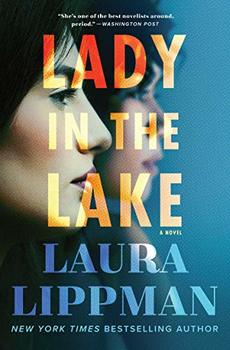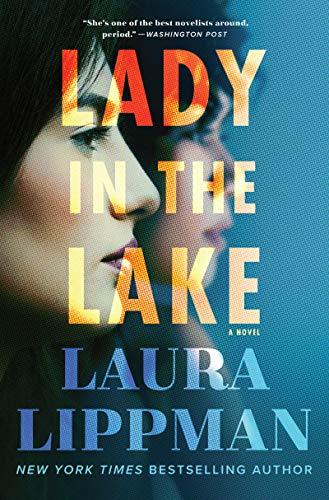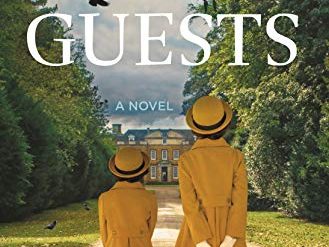
When we read fiction, few of us notice the point of view the author’s employing. Typically, a novel or short story is written in either the first person (“I did it”) or the third (“She did it”). Period. Of course, there are variations on these approaches — many of them, actually — but they tend to boil down to just those two. Okay, sometimes an author gets cute and writes in the second person (“You did it”), but never mind. It’s only when the author repeatedly shifts the point of view in a story that it becomes hard not to notice. And, for reasons that will only become apparent toward the bitter end of this novel, that’s the case in Laura Lippman’s latest mystery novel, Lady in the Lake.
Estimated reading time: 4 minutes
Shifting point of view to build suspense
The first thing you’ll notice in reading this book is that the victim of the murder at the center of this tale, a young woman named Cleo Sherwood, is telling her story in the first person. (“Alive, I was Cleo Sherwood. Dead, I became the Lady in the Lake. . . No one cared until you came along, gave me that stupid nickname.”) By contrast, Lippman writes about her protagonist, Madeline (Maddie) Schwartz, in the third person. So, you might well wonder, what’s going on here? Is Cleo a ghost and Maddie the real victim? You’d better be patient, because the answer is a long time coming.
Lady in the Lake by Laura Lippman (2019) 352 pages ★★★★☆
Two women. Baltimore. 1965.
Lippman’s story opens in Baltimore in 1965. Maddie is unhappily married to a dull but prosperous lawyer named Milton Schwartz. They’re Jewish, which is after all not unusual in Baltimore. When an old admirer comes to their home for dinner, the memory of Maddie’s independent life triggers her decision to leave Milton. She moves out and eventually snares a job as an entry-level employee at a tabloid-like afternoon newspaper. Then Maddie comes across the body of a missing eleven-year-old Jewish girl, and her inside knowledge of the girl’s murder — she knows the family — convinces her to investigate what happened to another missing young woman. Enter Cleo Sherwood.
Cleo is nineteen, African-American, and a party girl. Her two young children live with their grandparents. She’s on her own. Given the questionable people Cleo is known to hang out with, and given the intense racism endemic in Baltimore, the police have no interest in investigating her disappearance. But Maddie does. And her protracted inquiry, stretching over a year, exposes her to greater and greater levels of danger as she inches closer to the truth.
It takes skill to shift point of view
Lippman doesn’t limit her account to the point of view of her two principal characters. In fact, the perspective shifts frequently from Maddie or Cleo to nearly all the other characters they come in contact with. And, believe me, that isn’t easy to manage. The approach is mystifying, and it adds to the suspense that permeates this engrossing story.
It’s no accident that Lippman’s principal characters are Jewish and African-American. Both communities are large in Baltimore. And the story gives her the opportunity to highlight the extraordinary levels of racism both within the police department and in the community at large. After all, Maryland was a border state, and the echoes of the Civil War could still be heard loud and clear there in the 1960s.
About the author
Laura Lippman has written eleven standalone mystery novels, one short story collection, and the fifteen novels in the Tess Monaghan series of private detective tales. Both she and her husband, the television screenwriter David Simon, have strong ties to Baltimore. (He was the creator of The Wire.) Both are former reporters for the Baltimore Sun.
For related reading
You might also enjoy my posts:
- Top 10 mystery and thriller series
- 20 excellent standalone mysteries and thrillers
- 30 outstanding detective series from around the world
- Top 20 suspenseful detective novels
- 5 top novels about private detectives
- Top 10 historical mysteries and thrillers
And you can always find my most popular reviews, and the most recent ones, on the Home Page.



























